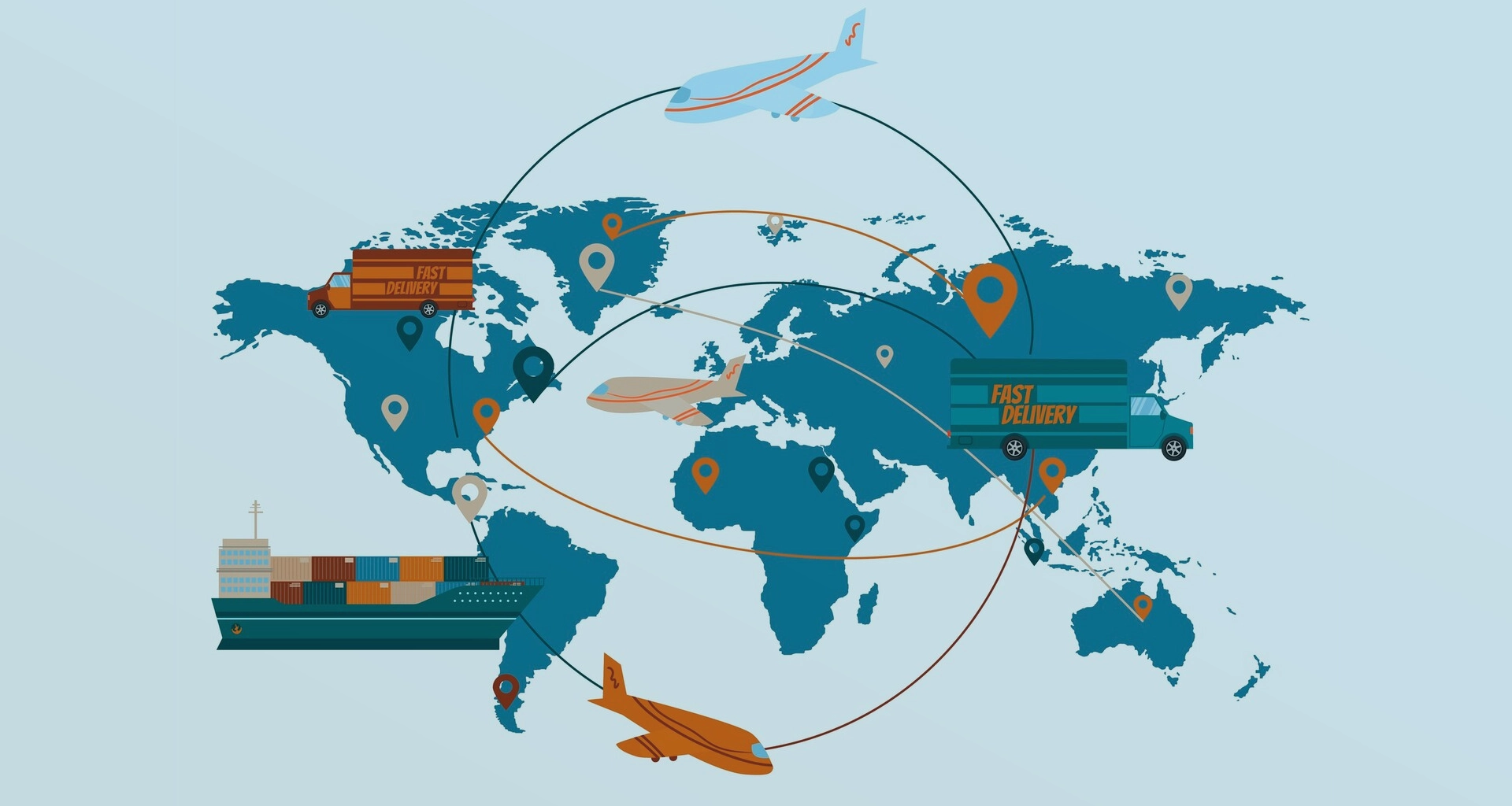A mid-sized apparel retailer faced a supplier strike that threatened to halt production, risking empty stores and lost revenue. By applying supply chain resilience strategies, they pivoted to alternative vendors and optimized logistics, restoring stock in days and retaining customers. This story highlights the power of resilience in overcoming supply chain challenges. From natural disasters to market shifts, adaptable strategies keep operations steady. Without them, businesses face delays and financial setbacks. Let’s explore the supply chain resilience strategies that enable companies to adapt, recover, and thrive in today’s volatile markets, ensuring stability and customer trust.
What Is Supply Chain Resilience?
Supply chain resilience is the ability to anticipate, withstand, and recover from disruptions while maintaining operational flow. It involves proactive planning, diversified resources, and technology-driven agility. For instance, a grocery chain used analytics to navigate a port delay, ensuring timely stock. Resilient systems balance efficiency with adaptability, unlike rigid ones that falter under pressure. In 2024, resilience became critical as global risks surged, with 87% of firms investing in robust strategies (Gartner). Supply chain resilience strategies empower businesses to mitigate risks and seize opportunities, securing competitiveness in unpredictable environments.
What Are the Best Supply Chain Resilience Strategies?
Effective supply chain resilience strategies equip businesses to handle disruptions, from supplier issues to global crises, while fostering growth. Here are eight proven strategies to build a robust supply chain:
- Diversify Supplier Network: Relying on a single supplier invites disruption. A cosmetics firm sourced materials from multiple regions, avoiding shortages during a factory closure. Engaging diverse vendors across geographies reduces dependency risks, ensuring continuity. Regular supplier evaluations maintain reliability, supporting operational stability even during regional instability.
- Optimize Inventory Management: Balancing just-in-time and safety stock is key. A tech retailer used predictive tools to maintain buffer stock, preventing stockouts during a shipping delay. Advanced inventory techniques, like demand forecasting, optimize levels, minimizing costs while ensuring availability. This balance enhances resilience against sudden demand spikes or supply interruptions.
- Leverage Advanced Technologies: AI, IoT, and blockchain transform resilience. A food distributor used IoT sensors to track shipments, avoiding spoilage during a heatwave. AI predicts disruptions, IoT ensures real-time visibility, and blockchain secures transactions. These tools enhance agility, enabling swift responses to challenges and improving overall efficiency.
- Foster Strong Supplier Relationships: Trust-based partnerships mitigate disruptions. An electronics brand collaborated with suppliers to reroute materials during a trade dispute, maintaining production. Open communication and shared goals build alliances that withstand crises. Regular vendor engagement ensures alignment, turning suppliers into strategic partners for resilience.
- Conduct Risk Mapping and Scenario Planning: Identifying risks prepares businesses for action. A beverage company mapped flood-prone routes, developing alternate logistics plans. Risk assessments pinpoint vulnerabilities, while scenario planning tests contingencies. This proactive approach ensures readiness for disruptions, from natural disasters to market shifts, minimizing downtime.
- Strengthen Transportation and Logistics: Flexible logistics enhance adaptability. A furniture retailer diversified transport modes, using rail and road during air freight delays. AI-driven route optimization identifies efficient paths, while multi-modal transport reduces reliance on one method. Robust logistics ensure timely deliveries, even under adverse conditions.
- Integrate Sustainability Practices: Sustainable practices bolster resilience. A clothing brand adopted eco-friendly packaging, reducing waste and aligning with consumer values. Green sourcing and renewable energy minimize environmental risks and costs. Sustainability strengthens supply chains by fostering efficiency and meeting regulatory demands, enhancing long-term stability.
- Invest in Workforce Training: Skilled teams drive resilience. A toy manufacturer trained staff on AI tools, improving response times during demand surges. Continuous training equips employees to handle disruptions, from tech adoption to crisis management. A capable workforce ensures operational agility, supporting supply chain resilience strategies at scale.
These strategies, powered by technology, collaboration, and foresight, create adaptable supply chains. Unlike reactive systems, they enable businesses to anticipate challenges, recover swiftly, and maintain customer trust, ensuring competitiveness in volatile markets.
A Resilient Future Awaits
Supply chain resilience strategies empower businesses to thrive amid disruptions, from supplier failures to global volatility. By diversifying vendors, leveraging technology, and fostering agility, companies ensure continuity and growth. In 2024, 83% of resilient supply chains outperformed competitors (Supply Chain Dive). Explore tools like 3SC Supply Chain’s Risk Monitoring & Simulation Engine at 3scsupplychain.com or email contact@3scsupplychain.com. Embrace resilience to navigate challenges and build a stronger tomorrow.

